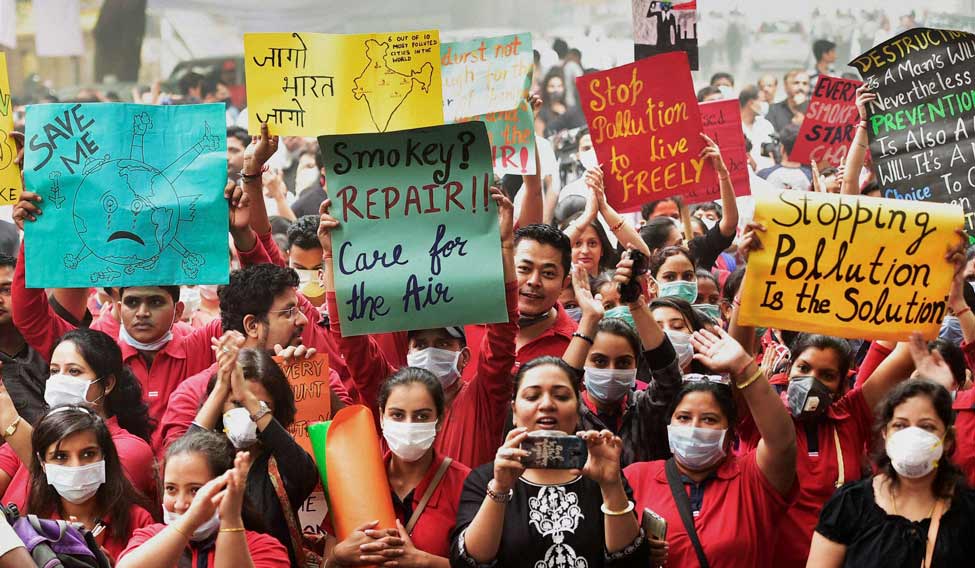As Delhi chokes on smog, Chief Minister Arvind Kejriwal and his team are mulling various options to bring down the pollutants. To wash off pollutants and smother the fog, the cloud seeding technology is being looked at promisingly.
Cloud seeding is a process of inducing rain in moisture-filled clouds by injecting chemicals such as silver iodide into the clouds either by spraying from aircraft or using ground-based rocket launchers.
As we know, clouds are formed by condensed water vapour. When atmospheric water vapour becomes too heavy for clouds to bear, it comes down as rain. Moisture in the clouds needs a central molecule to wrap itself around and fall off from the clouds. These particles, commonly referred to as cloud condensation nuclei, are generally salt, or dust and smoke particles. These nuclei trigger the process in which vapours in the clouds condense, wrap around the nuclei and fall on the ground as rain. Cloud seeding mimics, or accelerates the process of precipitation by artificially providing these nuclei particles.
The process was invented by chemists Irving Langmuir and Vincent J. Schaefer at the General Electric Research Laboratories in the United States in 1946. Since then many countries, China being most enthusiastic, has used this technique to deal with fog and also during drought conditions. China pumps in millions of dollars into this technology every year to induce rain and clear away pollution. The most prominent incident of weather modification through this technique happened prior to the Beijing Olympics in 2008, when China overseeded its clouds to ensure clear skies for the sport events. On many occasions, this technology has come in handy for Beijing which remains covered by a thick layer of smog for most part of the year. In February every year, the situation gets out of control during the week-long Lunar New Year celebrations when people indulge in large firework displays. This year, however, several cities in China had banned the custom of lighting fireworks to cut down the smoke levels and improve air quality.
Will this work?
Although China has embraced the technique to reduce particle levels in the air, many experts are yet to be convinced about the unnatural method's success. Also, the method does not guarantee a fixed amount of rainfall. While experts are doubtful if inducing rainfall in a particular area will reduce natural rain in nearby areas, they also warn about the possible side effects of using chemicals such as silver iodide. However, this is not the first time India is exploring this option. In August last year, the Maharashtra government had experimented the technique in drought-hit Marathwada region but it wasn't very effective due to insufficient moisture-laden clouds. What needs to be remembered is that this technique will work only if there are sufficient moisture-laden clouds. Considering the time of the year and the capital city's cold and dry weather, cloud seeding may not stand a good chance.





